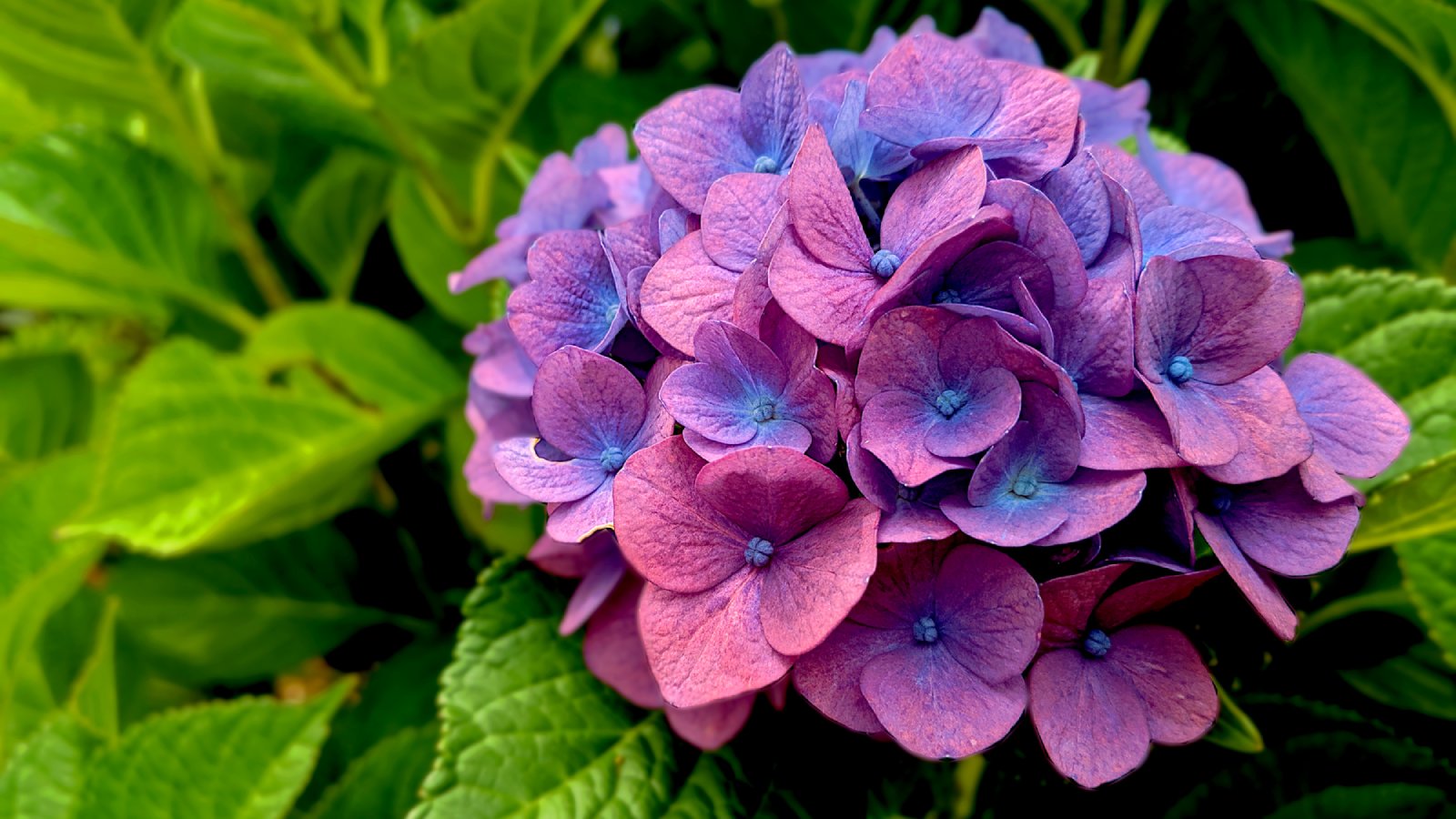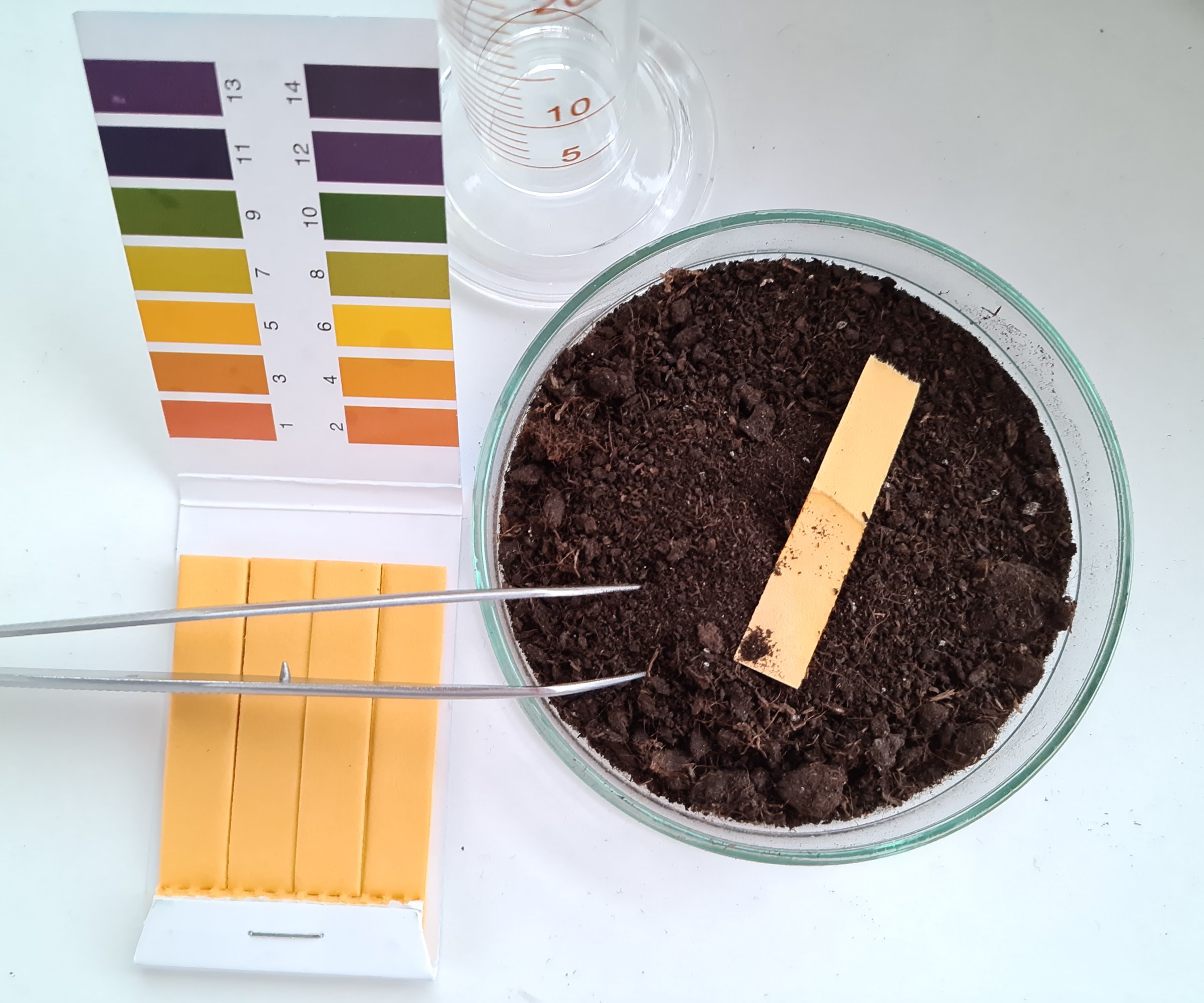How To Make Soil More Acidic – Best Ways To Acidify Soil
There are a few ways you can make your soil more acidic, from adding special fertilizer and elemental amendments, to simply mixing in acid-rich compost.

Liz Baessler

“Acidic” doesn't necessarily sound like a quality you'd want in your garden. This bad reputation might stem from the fact that some types of acid are so powerful that they can melt metal. And we all know that acid rain is bad for the earth.
But acidity in garden soil is beneficial for many plants, and utterly essential in others. If you're wondering how to make soil more acidic, read on!
How to Make Soil More Acidic
There are a variety of ways you can lower soil pH. One is to apply organic mulch that is high in acidity, like oak leaves or pine needles. As they break down, they'll increase the acidity of the soil beneath. Another is to add soil amendments such as sulfur or iron sulfate. Sulfur, however, can take years to have measurable effects, and iron sulfate has to be used in large and inconvenient quantities. Sphagnum peat moss can lower the soil's pH somewhat, while adding essential organic material to the ground. It is a non-renewable resource, however, and is considered highly unsustainable. Ammonium-based fertilizers are a good option, as they break down and convert to nitrate, raising the soil's acid level. Compost is another good choice, especially when made from high-acid materials, such as coffee grounds, tree needles and leaves, or ground up Christmas trees. Compost works best when mixed with gritty material, such as sand, perlite, or acid-rich topsoil.
Acidic Soil: What Does It Mean?
The accepted measure of acidity in soil is known as soil pH. It measures the amount of hydrogen atoms in the sample, with a range of 0 to 14. A pH score of 7 is neutral. Any soil with a pH score of under 7 is termed acidic, while over 7 is alkaline. The higher the soil pH measure, the lower the number of hydrogen atoms.
The acidity of soil impacts how plants growing in the soil can uptake nutrients. Some nutrients are more available in a lower pH soil, including iron, manganese and zinc, while others are less available - like molybdenum. Deficiencies in certain nutrients can be remedied by adjusting the pH, making the soil more or less acidic.
Testing Soil pH

Before asking how to lower pH in soil, you need to figure out where the measure currently stands. To that end, the first step in modifying soil pH is to test the soil. This is best done by collecting a soil sample and taking it in for a soil test at a local university laboratory. Use a small trowel to take small soil samples from a dozen locations across the area to be tested. Mix them together, removing roots and rocks. This testing is an essential step in how to acidify soil.
Reasons to Make Soil More Acidic
Why would you want to learn how to lower soil pH? Every plant in your landscape has a soil pH range it likes best. This is the range that permits it to uptake all nutrients needed for its growth. If the pH is outside of this range, the plant will suffer and can even die.
Sign up for the Gardening Know How newsletter today and receive a free copy of our e-book "How to Grow Delicious Tomatoes".
As described above, nutrient uptake is affected in some plants by pH. Iron deficiency results from soil pH too high for a plant. Many times when a plant isn’t getting enough iron, the cause is a too-high soil pH level. Even when soil pH is below 7.0, it still may be too high for some plants to obtain sufficient iron.
Plants that Like Acidic Soil
Many plants, including most crops, annuals, and perennials tolerate a wide range of soil acidity ranging from acidic to neutral. Most garden and landscape plants can grow when soil pH tests at a range of 6.0 to 7.2, but this isn’t true of all. For many acid-loving plants, higher acidic soil conditions are necessary for the plant to thrive. Note that modifying soil pH must be done before planting and it is a slow process that takes time.
Plants like blueberries, rhododendrons, and azaleas simply won’t grow in soil with a high pH level. And even in slightly too alkaline soil, you may see distortions in these plants, such as small, yellow leaves with bright green veins. Other plants needing acidic soil include magnolias, spruce trees, the ground cover Japanese pachysandra, dogwood, bleeding hearts, roses, holly, and hydrangea.

Teo Spengler is a master gardener and a docent at the San Francisco Botanical Garden, where she hosts public tours. She has studied horticulture and written about nature, trees, plants, and gardening for more than two decades, following a career as an attorney and legal writer. Her extended family includes some 30 houseplants and hundreds of outdoor plants, including 250 trees, which are her main passion. Spengler currently splits her life between San Francisco and the French Basque Country, though she was raised in Alaska, giving her experience of gardening in a range of climates.
- Liz BaesslerSenior Editor